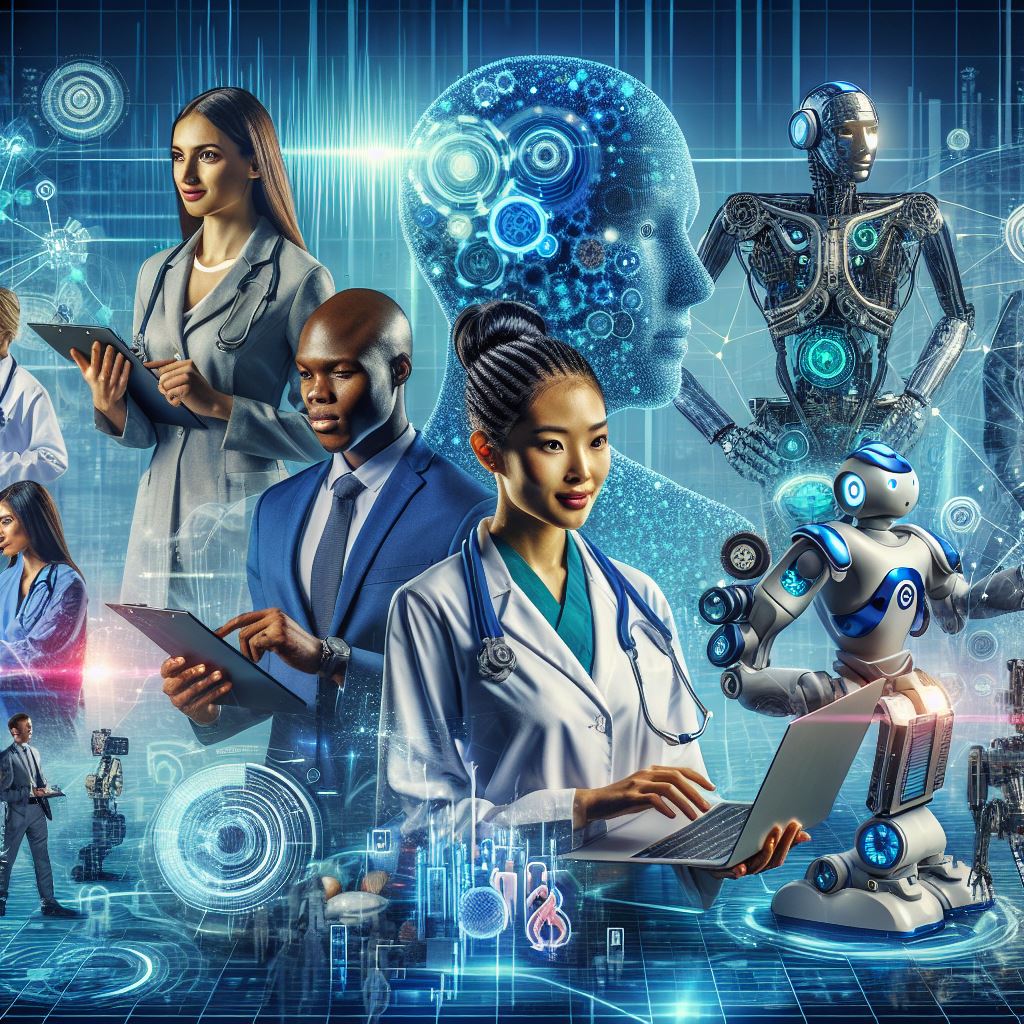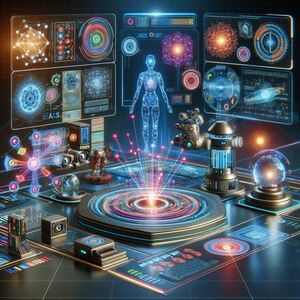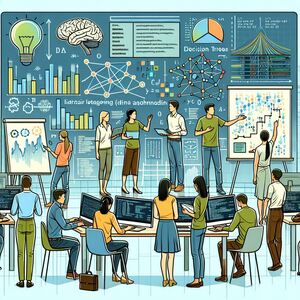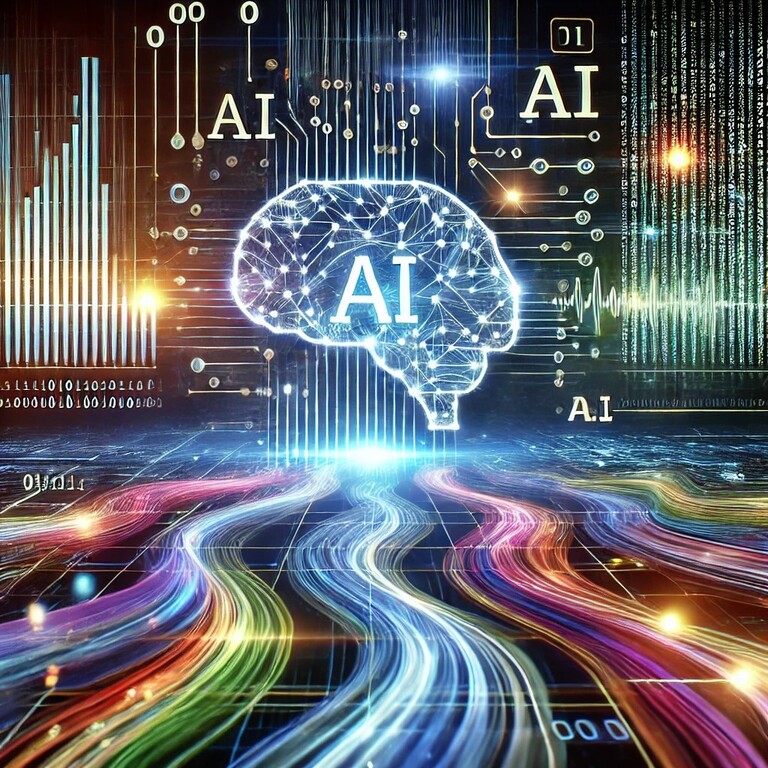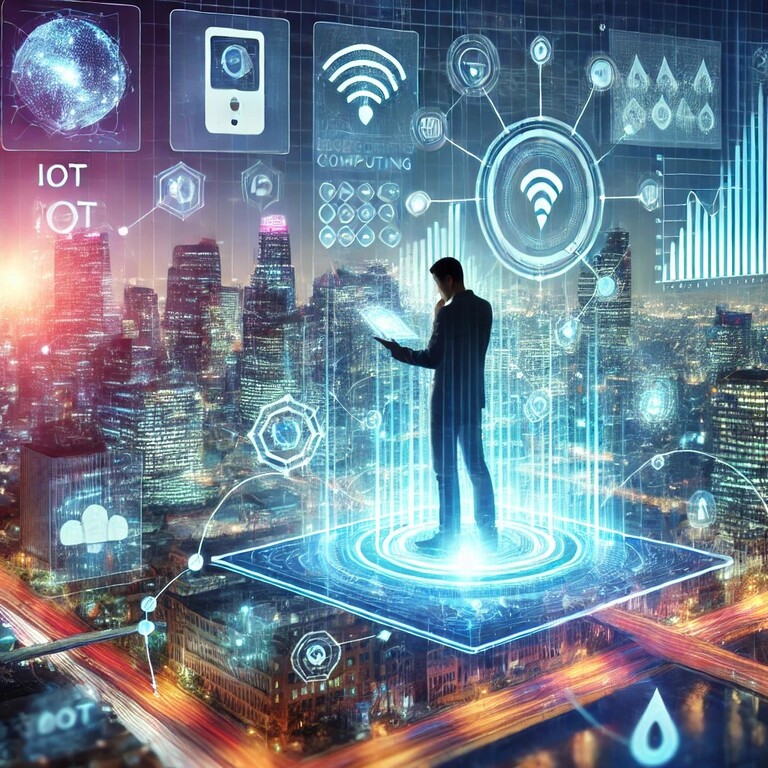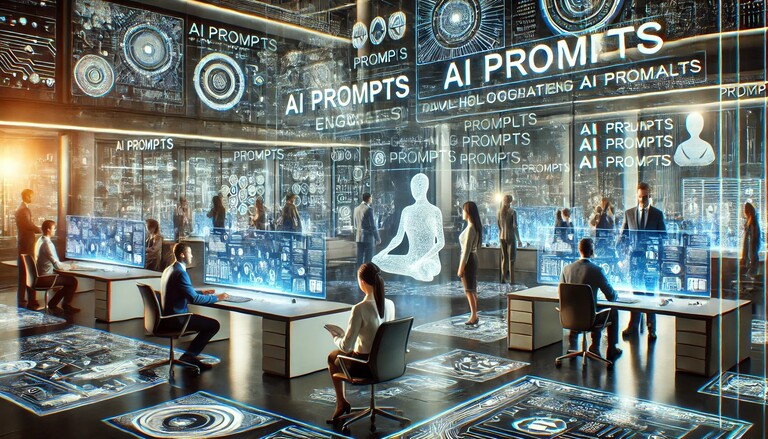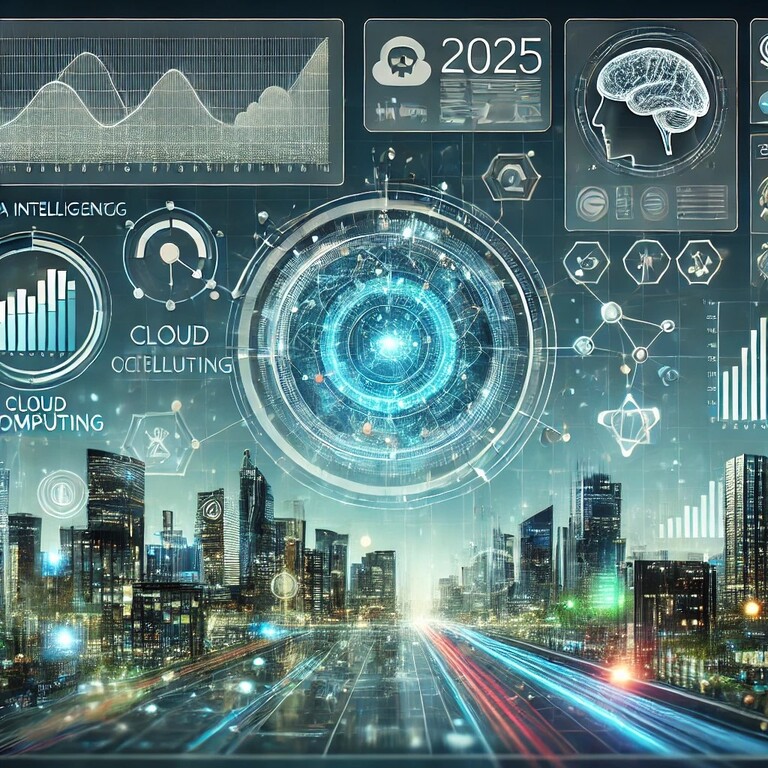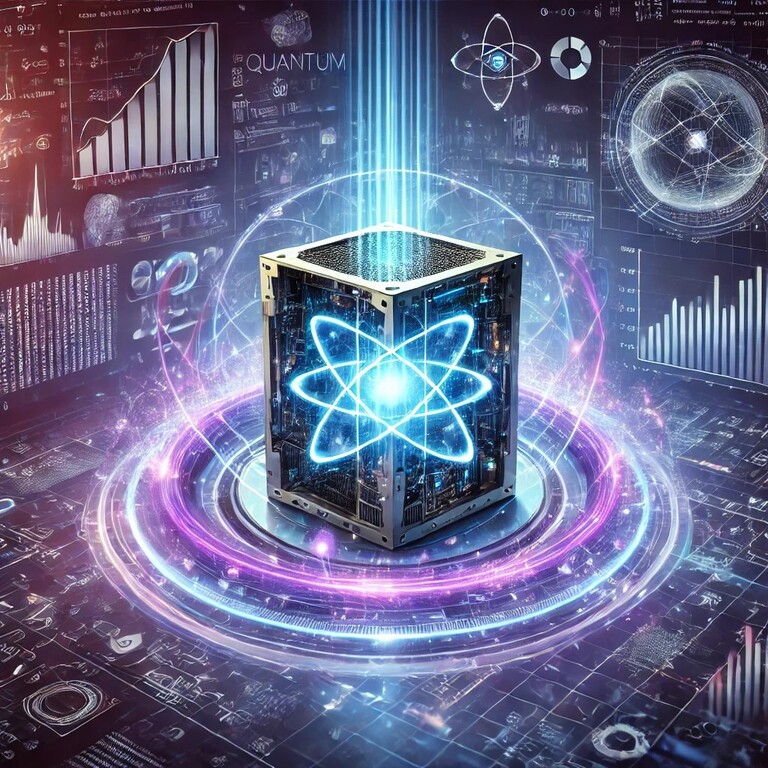In the digital era, where technology evolves at a breakneck pace, one breakthrough stands out for its transformative potential: deep learning. This branch of artificial intelligence (AI) is making waves across industries, revolutionising how we approach data analysis, automation, and problem-solving. In this blog, we’ll delve into what deep learning is, how neural networks work, and why this technology is a game-changer in today’s world.
What is Deep Learning?
Deep learning is a subset of machine learning characterised by its use of artificial neural networks (ANNs) designed to mimic the human brain. Unlike traditional machine learning models that require structured data and significant manual feature extraction, deep learning models can automatically discover intricate patterns and features within large datasets. This ability allows them to excel in complex tasks such as image recognition, language translation, and speech synthesis.
The Structure of Neural Networks
Neural networks form the backbone of deep learning. Inspired by the biological neurons in the human brain, these networks consist of layers of nodes, or “neurons,” interconnected in a web-like structure. Each neuron processes inputs, applies a mathematical transformation, and passes the output to the next layer. This process, repeated across numerous layers, enables the network to learn and adapt through a technique known as backpropagation.
- Input Layer: Receives raw data (e.g., an image or a sequence of text).
- Hidden Layers: Perform feature extraction and complex transformations.
- Output Layer: Produces the final result, such as a prediction or classification.
Deep learning models typically involve dozens, sometimes hundreds, of hidden layers—hence the term “deep.”
Why Deep Learning Outshines Traditional Algorithms
One of the major advantages of deep learning over traditional algorithms is its ability to scale with data. As data volumes grow, deep learning systems become increasingly effective. Key benefits include:
- Automatic Feature Learning: Deep neural networks can identify intricate patterns without human intervention, reducing the need for manual feature engineering.
- Enhanced Performance with Big Data: Deep learning models thrive on large datasets, making them ideal for applications like search engines and recommendation systems.
- Versatility Across Industries: From healthcare diagnostics and autonomous driving to real-time language translation, the potential applications are vast and varied.
Real-World Applications of Deep Learning
1. Healthcare
Deep learning is proving invaluable in the medical field. For instance, neural networks are being trained to detect anomalies in medical imaging, such as tumours in MRI scans. These systems can match, and sometimes surpass, the diagnostic accuracy of human radiologists, enabling faster and more accurate diagnoses.
2. Finance
Fraud detection has seen a leap forward with deep learning. Financial institutions use neural networks to spot unusual patterns in transactions, predicting potential fraud with higher precision and fewer false positives compared to older rule-based systems.
3. Automotive Industry
The rise of autonomous vehicles is inextricably linked to the advances in deep learning. Self-driving cars rely on deep learning algorithms to interpret vast amounts of sensory data, allowing them to make split-second decisions in complex driving environments.
4. Entertainment and Personalisation
Deep learning powers recommendation engines that suggest films, music, or products tailored to user preferences. Platforms such as Netflix and Spotify use these models to analyse viewing or listening habits, providing highly personalised user experiences.
Challenges and Limitations
While deep learning has numerous advantages, it’s not without its challenges:
- Data Dependency: Training deep learning models requires vast amounts of data, and their performance can diminish with insufficient or biased datasets.
- Computational Resources: Deep learning models demand significant computing power, often necessitating specialised hardware such as GPUs or TPUs.
- Interpretability: The “black box” nature of deep learning means that it can be difficult to understand how a model arrives at its conclusions, raising concerns in sensitive areas like finance and healthcare.
The Future of Deep Learning
Looking ahead, deep learning will continue to reshape our digital landscape. Ongoing research is focused on enhancing model interpretability, reducing training times, and making neural networks more energy-efficient. The integration of deep learning with other technologies, such as edge computing and quantum computing, promises to extend its capabilities even further.
Conclusion
Deep learning and neural networks are not just passing trends; they are powerful tools driving a new age of innovation. From streamlining operations and enabling breakthroughs in medicine to redefining personalisation in entertainment, the impact of deep learning is profound. As we continue to harness its potential, the question isn’t if deep learning will change the game—it’s how soon it will redefine it completely.

